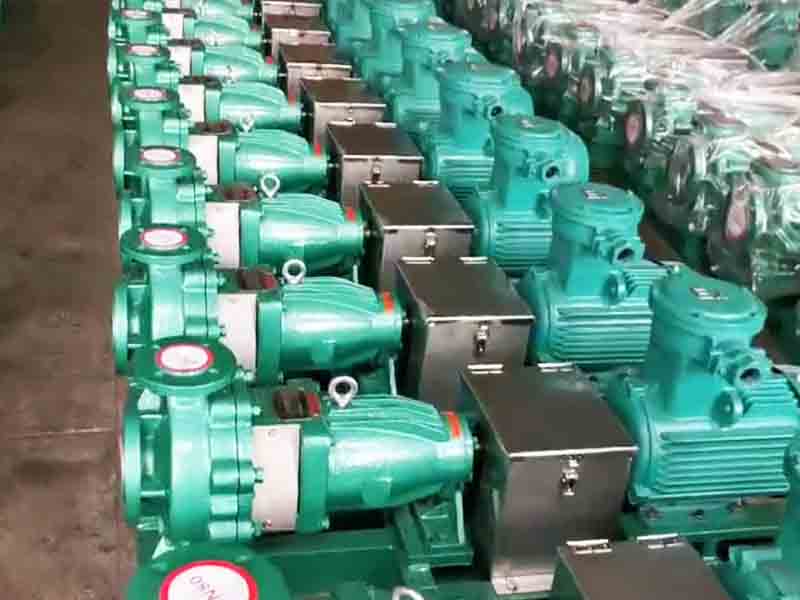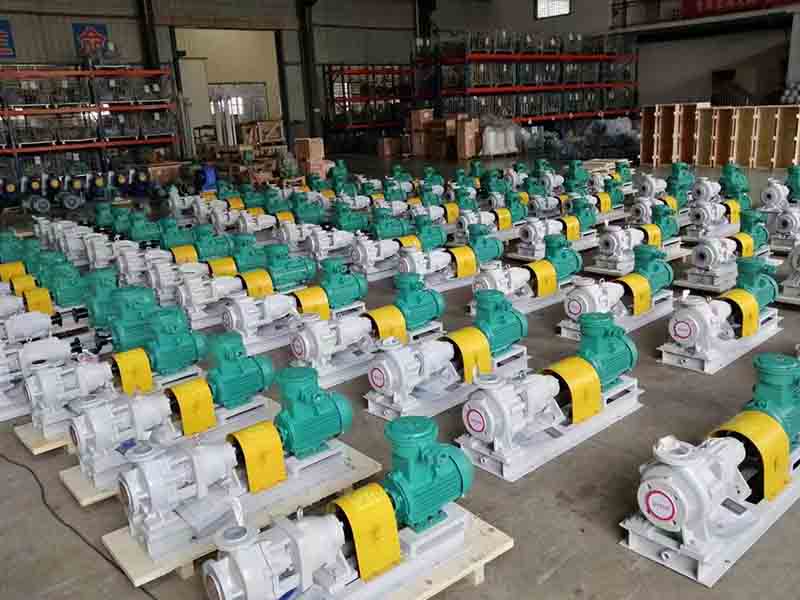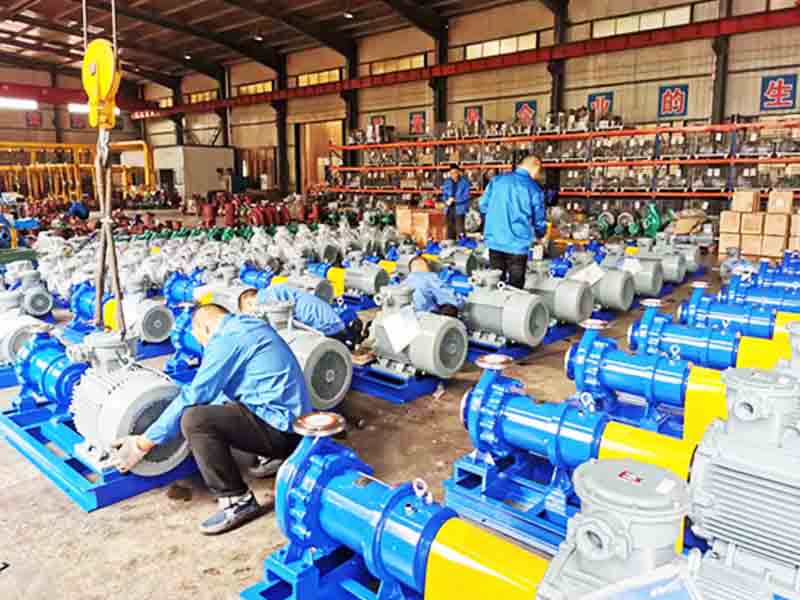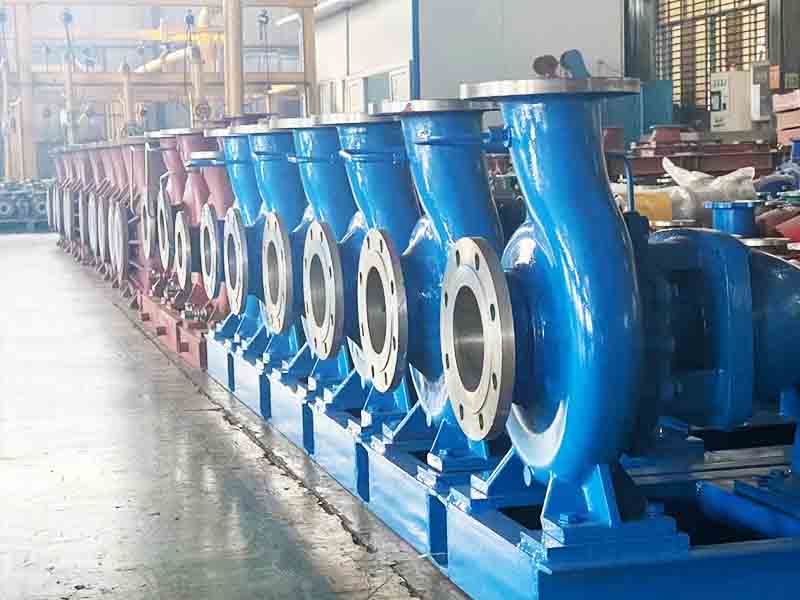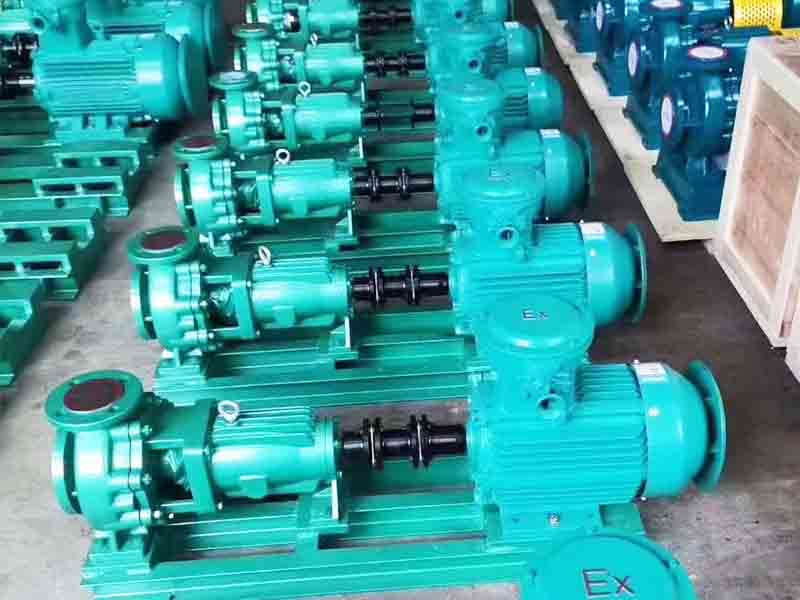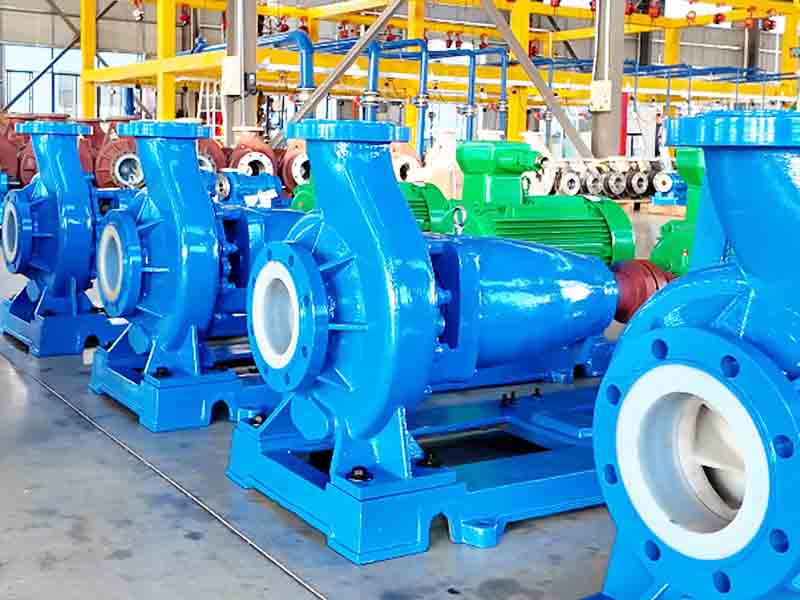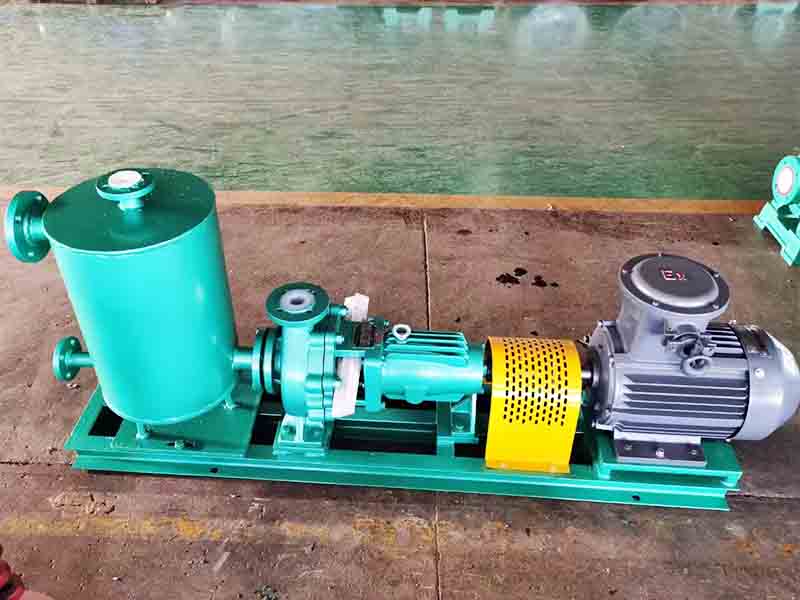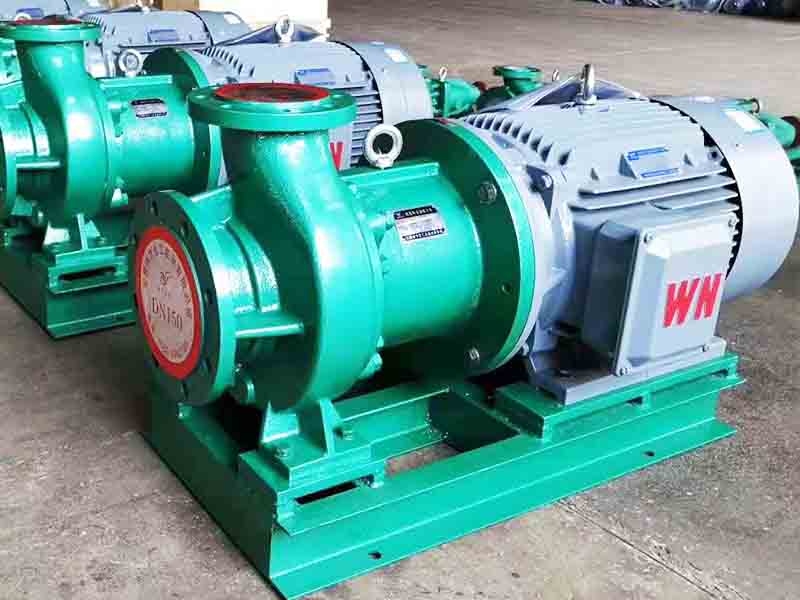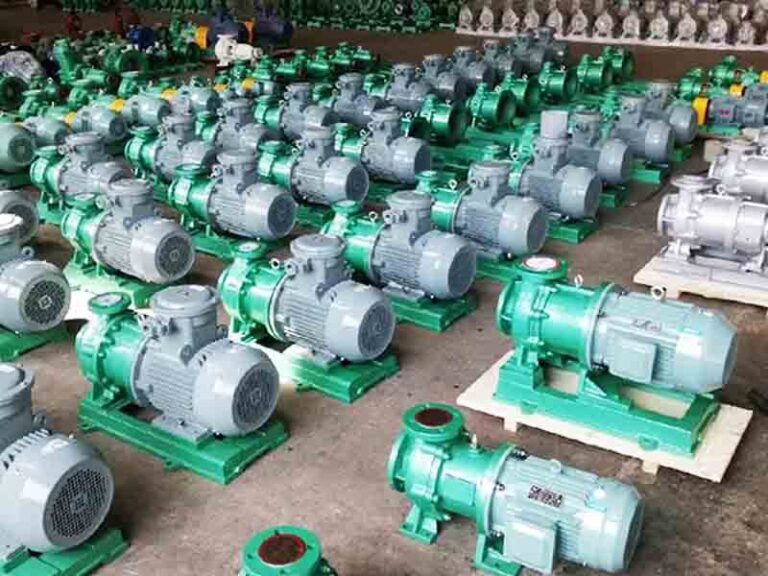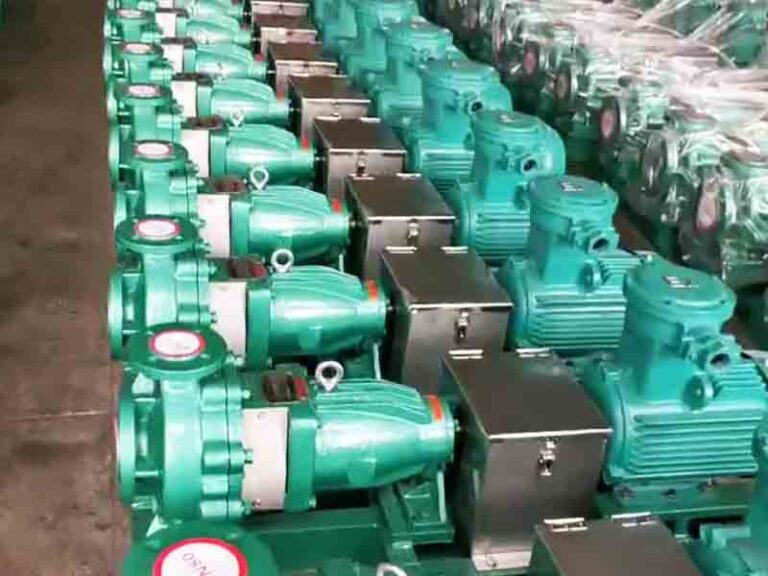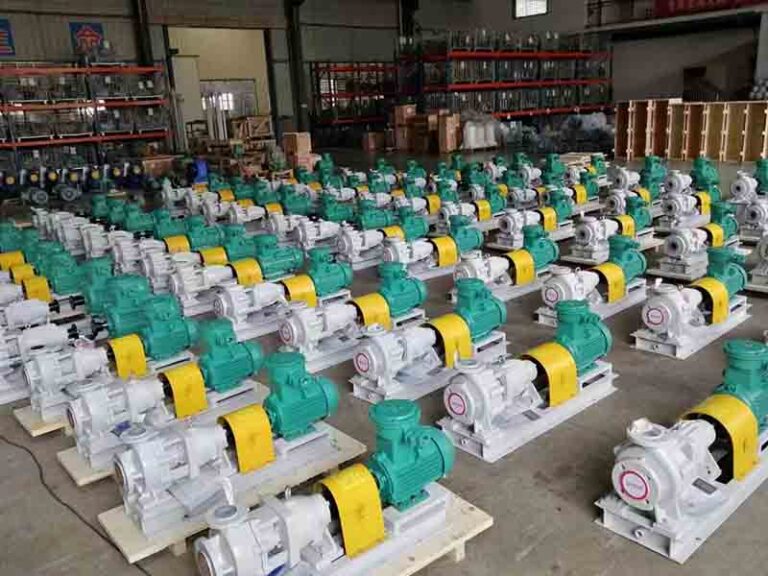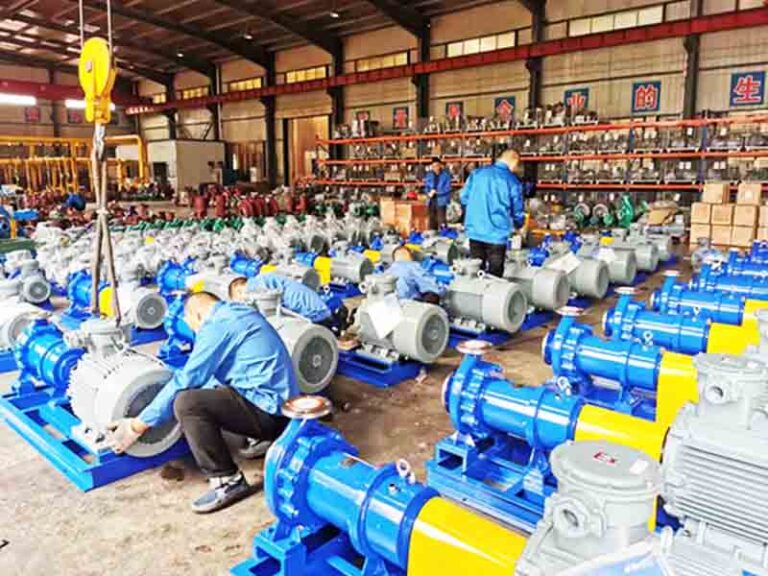In the huge system of industrial production, centrifugal pumps play an indispensable role, widely used in chemical industry, water supply and drainage, petroleum and many other fields. Centrifugal pump impeller, as the core component of the centrifugal pump, its performance is directly related to the efficiency and stability of the pump.
Introduction Of Centrifugal Pump
Centrifugal pump impeller is the key rotating part of centrifugal pump that gives fluid energy. It usually consists of parts such as hub, vanes and cover plate. Visually, the differences between different types of impellers are obvious. Open impellers, for example, have no shrouds on either side and the vanes are directly exposed, while closed impellers are closed front to back, forming a relatively hermetic structure. These structural differences determine the performance of the impeller in different working conditions.
Centrifugal Pump Impeller Working Principle
Rotating Driving Fluid
When the centrifugal pump impeller starts to rotate, it is like a powerful vortex generator, driving the surrounding fluid to rotate together. Under the action of centrifugal force, the water originally gathered in the center of the impeller will flow out rapidly in the radial direction. This centrifugal force acts as an invisible hand, flinging the fluid from the center of the impeller to the edge.
Energy Conversion And Pressure Change
During rotation, the impeller transfers its own rotational mechanical energy to the fluid. On the discharge side of the impeller, the fluid gains more energy and its pressure and kinetic energy rise significantly. On the suction side, the center area of the impeller creates a negative pressure state due to the outflow of fluid. This negative pressure acts like a magnet with strong suction, pushing the water to keep flowing in and maintaining the continuous operation of the pump.
Working with the Worm Casing
The impeller and the worm gear are perfectly matched. They work together to create a localized vacuum and low pressure environment. As long as this vacuum is maintained, a constant flow of fresh water enters the system, ensuring that the centrifugal pump operates steadily and efficiently.
Types Of Centrifugal Pump Impellers
Open Impeller
The open impeller has a simple structure with no shroud on either side and the blades are directly exposed. This construction makes it relatively weak, but it has a unique advantage – it can handle a certain amount of solid impurities. However, it is sensitive to cavitation, requires a high net positive suction head (NPSH) for operation, and has a relatively low efficiency. As a result, open impellers are typically used in small, inexpensive pumps and in applications where solids content is a requirement but operating conditions are not as demanding.
Semi-open Impeller
The semi-open impeller has a rear wall shroud that provides some mechanical strength support for the vanes, but the other side remains open. Its performance is somewhere between open and closed impellers, with a good balance of efficiency and required NPSH. However, when using semi-open impellers, the clearance between the vanes and the pump casing needs to be tightly controlled; too much clearance can easily lead to fluid leakage and backflow, affecting pump performance. This type of impeller is suitable for medium-sized pumps and is often used to convey fluids containing small amounts of soft solids.
Closed Impeller
The closed impeller is closed both front and rear, and this structure gives it high strength. During operation, it requires low NPSH and has a high flow rate efficiency, providing stable and efficient operation of centrifugal pumps. However, the design and manufacture of enclosed impellers is relatively complex and costly. Moreover, due to its closed structure, it is easy to cause clogging once the conveyed fluid contains solid impurities. Therefore, it is more suitable for large pumps conveying clean fluids.
Scroll Impeller
The appearance of the scroll impeller is somewhat similar to that of the semi-open impeller, but it has more space for the worm case. This type of impeller has a unique design that creates a vortex or vacuum area when in operation. This area acts as a “protective shield” that isolates solid impurities from the impeller and prevents them from causing damage to the interior of the impeller. The vortex impeller is particularly well suited for conveying dirty fluids containing debris and fibrous solids, with little concern for clogging. However, it is relatively inefficient, so it is only used when conveying this particular type of fluid.
Cutting Impeller
Cutting impellers are also designed to handle solid contaminants, but they work in a different way than scroll impellers. Cutting impellers have sharp, scissor-like blades that crush and grind solid contaminants before they enter the pump, preventing them from clogging the pump. While it’s also not as efficient, it can be a huge advantage when pumping sewage and other wastes that are prone to clogging, making it ideal for these types of conditions.
Impeller Diameter On The Performance Of Centrifugal Pumps
Relationship Between Diameter And Performance
The size of the impeller diameter is closely related to the performance of centrifugal pumps. Simply put, the larger the impeller diameter, the higher the circumferential speed at the same rotational speed. It’s like a spinning disk; the larger the diameter, the faster the linear velocity of the rim. The higher circumferential speed means that the pump can produce more head and flow. Conversely, the smaller the impeller diameter, the lower the pump head and flow rate.
Impeller Cutting Applications
In practice, impellers are often cut to meet the demands of specific operating conditions. By cutting the impeller, the performance curve of the pump can be adjusted to better match the actual working requirements. Compared with the use of frequency conversion speed control to realize the working condition point adjustment, the cost of impeller cutting is lower. However, it should be noted that the more the impeller is cut, the greater the clearance between it and the pump casing will be, which will result in a loss of efficiency. Therefore, in the impeller cutting, it is necessary to comprehensively consider various factors to ensure that the cut impeller can meet the requirements of the working conditions, but also to ensure a certain degree of efficiency.
Selection Of Centrifugal Pump Impeller Points
Flow Rate
Flow rate is the volume of fluid that the pump can deliver per unit of time, usually expressed in gallons per minute (GPM). When selecting an impeller, it must be based on actual flow requirements. For example, for industrial production that requires a large amount of water supply, it is necessary to select a pump with a higher flow rate and the corresponding impeller; while for some small irrigation systems, an impeller with a smaller flow rate can meet the demand.
Lift
The head indicates the maximum height to which the pump can lift the fluid, usually in feet or meters. In practice, it is important to ensure that the head of the impeller selected meets the actual lifting height required. If the head is insufficient, the fluid will not be transported to the specified location; if it is too high, energy will be wasted.
Specific Gravity
Specific gravity is the ratio of fluid density to water density. It reflects the weight of the fluid and has an important effect on the efficiency of the pump. When conveying a fluid with a higher specific gravity, the pump needs to consume more energy. Therefore, when selecting the impeller, the specific gravity of the fluid should be fully considered, and the appropriate type and specification of the impeller should be selected to ensure that the pump can operate efficiently.
Viscosity
Viscosity is a measure of resistance to fluid flow. The higher the viscosity, the more difficult the fluid flow, the more energy consumed when the pump conveys. For high viscosity fluids, specially designed impellers need to be selected to minimize energy loss and improve pumping efficiency.
Solid Content
The solids content in the fluid will have an impact on the design and performance of the impeller. If the fluid contains more solid impurities, it is necessary to choose impellers that can adapt to such conditions, such as open, scroll or cut impellers; while for clean liquids, closed impellers with higher efficiency can be chosen.
Impeller Processing On The Performance Of Centrifugal Pumps
Processing Type And Head
The type of machining of the impeller has a significant impact on the head of the pump. In general, closed impellers are able to provide higher head with higher machining accuracy. This is due to the fact that closed impellers are constructed to better direct the fluid and reduce energy loss. Open impellers, on the other hand, are relatively weak in head performance due to structural limitations.
Machining Quality and Flow Rate
The machining quality is directly related to the configuration accuracy of the blades. If the machining accuracy of the blades is high, the impeller will be able to push the fluid more efficiently when rotating, thus increasing the flow rate. Conversely, if the blades are machined with low precision, this may result in uneven fluid flow within the impeller, affecting the stability of the flow rate.
Machining Accuracy and Energy Efficiency
Good machining accuracy enables impellers to operate with reduced energy loss and improved energy efficiency. A well-designed and manufactured impeller can more efficiently convert mechanical energy into kinetic energy of the fluid, reducing the energy consumption of the pump and thus saving operating costs.
Conclusion
Centrifugal pump impeller as the core component of centrifugal pump, its working principle, type, selection points and processing quality have a vital impact on the performance of the pump. In the actual application, we need to choose the appropriate impeller type and specification according to the specific working conditions, taking into account various factors.
At the same time, we should pay attention to the processing quality of the impeller to ensure that the centrifugal pump can operate efficiently and stably. Only in this way can we give full play to the advantages of centrifugal pumps, meet the needs of different industrial fields, and provide reliable support for production activities.



